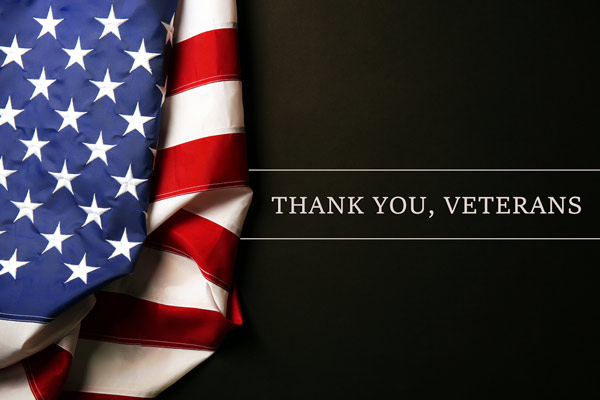I’m sitting in a crowded gym with parents, grandparents, cheerleaders, students, and others. My interest is a handsome young man with long, curly hair, killer blue eyes that warm his grandmother’s heart, and a pretty good follow-through that reminds me of his father. He’s my grandson.
Directly in front of me a large American flag dominates the wall. Prior to the first game of the day the crowd stood respectfully as the anthem was played. For most this is perfunctory. It’s just something we do. For me it has great meaning. I stand at attention and put my right hand over my heart as I was taught in the first grade. I gaze quietly at the flag to which I have pledged allegiance and fought. I remember men who honored that flag with valor, blood, and even their lives. The flag and anthem mean something to me, but why do we play and/or sing it before sporting events, even middle-school basketball games?
The tradition of singing the national anthem at sporting events began during the 1918 World Series. During the seventh-inning stretch of the first game between the Boston Red Sox and the Chicago Cubs, the band began to play The Star-Spangled Banner (it was not the official national anthem at that time). Players turned to face the centerfield flagpole, and fans, who were already on their feet, began to sing along. By the end, nearly the entire stadium was singing, and the song ended to a chorus of thunderous applause.
At the time, World War I was nearing an end. Singing The Star-Spangled Banner that day was a well-timed display of comradery and patriotism. Harry Frazee, then owner of the Red Sox, subsequently began each other game of the series by having the band play the song.
The playing of The Star-Spangled Banner before games became such a hit, that after the war ended, the song continued to be played at baseball games. However, it was mainly reserved for notable occasions, like holidays, opening day, and the World Series.
During World War II, the song became even more popular, as it was a way for large crowds to show their patriotism. Additionally, advances in technology meant that the song could be played over speaker systems instead of requiring a band, making it easier to incorporate into games. By the time the war had ended, The Star-Spangled Banner had shifted from an exclusively baseball tradition, and quickly spread to other sporting events. (Source)
In 1931 President Herbert Hoover signed into law a bill passed by Congress that designated “The Star-Spangled Banner” as the National Anthem. In America it is tradition to play “The Star-Spangled Banner” before games.
Francis Scott Key was inspired to write the words of our anthem when he observed an American flag flying above the embattled Fort McHenry during the Battle of Baltimore in 1814. He wrote:
Oh say can you see, by the dawn’s early light, what so proudly we hailed at the twilight’s last gleaming? Whose broad stripes and bright stars, through the perilous fight, o’er the ramparts we watched, were so gallantly streaming?
And the rocket’s red glare, the bombs bursting in air, gave proof through the night that our flag was still there.
O say does that star-spangled banner yet wave, o’er the land of the free, and the home of the brave?”
Our National Anthem is a tribute to our flag, a symbol of the United States of America, the world’s greatest democracy. A flag is nothing more than cloth and thread formed by human skill and effort. When it is fashioned with red and white stripes representing the original thirteen colonies and stars representing our fifty states, it embodies a nation whose principles are steeped in equality and the opportunity to strive for greatness. As Americans we can seek excellence whether we are Olympic athletes or high school students. It is in the pursuit of excellence that we find fulfilment and the happiness that Jefferson understood when he wrote our Declaration of Independence.
Someday you will know the name Malea Emma as well as you know Cher or Elvis or Whitney Houston. Malea Emma is seven years old. She recently won a contest to sing the National Anthem at a Los Angeles Galaxy soccer match. See and hear her remarkable performance of Francis Scott Keys’ song below. Prepare to be amazed.
You may notice that Malea Emma does not fit the ethnic profile that Key represented when he wrote so eloquently about our flag. But in her passion for excellence she represents the strength and character of a country whose banner is knit together with stripes and stars that still soar in dimming twilight and shine in dawn’s early light. That’s why we sing the National Anthem before games. We live in a great country that celebrates excellence. Our flag is a symbol of that celebration and our National Anthem extols the pride we rightly have in America.
So, stand up, face the flag, put your right hand over your heart and sing with gusto or quietly, remembering why that flag still stands. Then settle down and watch the game. By the way, that curly-haired young man played great and made his grandparents proud.

